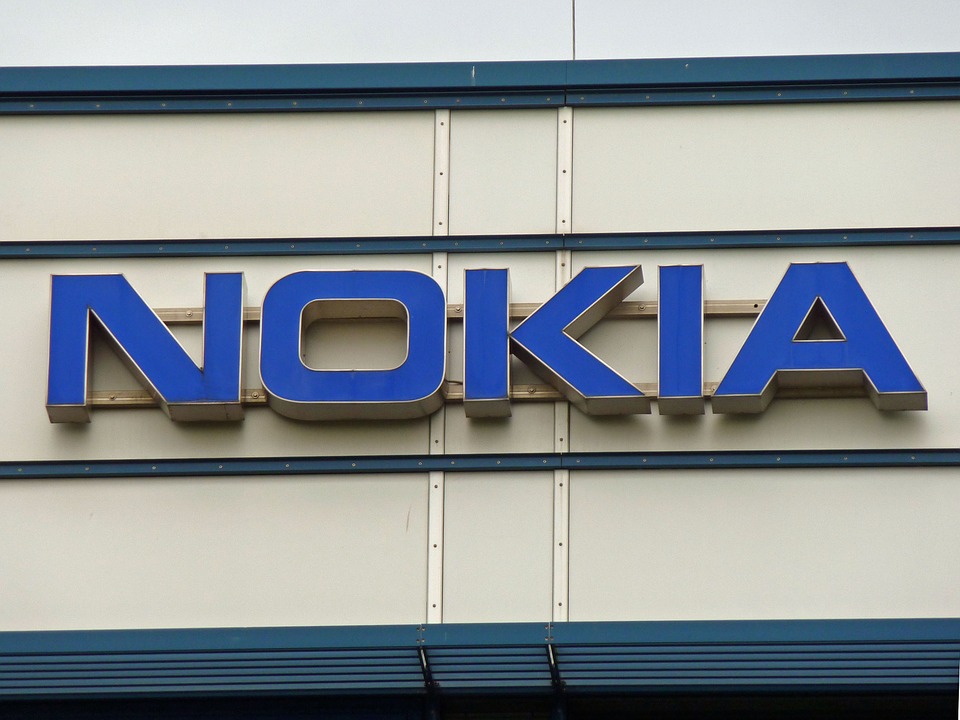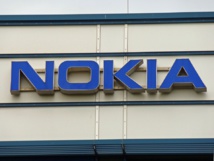Nokia is also considering the possibility of ‘Here’ mapping and navigation company’s alienation.
According to the memorandum, Nokia will send a public offer to Alcatel-Lucent in the United States and France on the exchange of securities at the rate of 0.55 of Nokia’s new share for each share of Alcatel-Lucent. Upon the completion, Nokia shareholders will receive 66.5% of the combined company, and investors Alcatel-Lucent - 33,5%. Joint structure will be called Nokia Corporation. Its headquarter will be located in Finland, and several large offices and centers of research and development remain in France. The current Nokia’s CEO Rajeev Suri and Directors Board Chairman Risto Siilasmaa will retain their positions in the new company.
Boards of Directors of both companies have agreed to merge, and the deal is expected to be done by 2016.
As highlighted in a joint statement, Alcatel-Lucent and Nokia have complementary product range and geographic reach, taking a strong position in the United States, China, Europe and the Asia-Pacific region. The merger is supposed to combine the best of the proposals of the two companies in the field of fixed and mobile broadband, IP-routing equipment backbone networks, as well as cloud-based applications and services. The joint business will operate under the brand Nokia, but the division of networks research will remain being owned by Alcatel-Lucent brand Bell Labs.
- For Nokia, specializing in the field of mobile broadband, it is logical to team up with Alcatel-Lucent, which has a strong position in fixed networks, says Mark Newman, research director at Ovum.
Since recently there has been a trend towards the integration of mobile and fixed network communications, the absence of the business became unprofitable for Nokia. With the growing popularity of smartphones in the world, market's attention shifted to the mobile communication network, but fixed broadband connections remain residential houses’ main Internet and the transmission of high definition video channels. With this in mind, combining Alcatel-Lucent fixed-line telecommunications equipment with the best mobile solutions of the two companies could be useful for consumers, says Newman.
The analyst pointed out that Nokia and Alcatel-Lucent have the third and fourth place in the market access networks, far behind its leaders - Ericsson and Huawei Technologies.
Commenting on the merger, Sylvain Fabre, research director at Gartner, said that the market is not large enough to have a place for more than three major manufacturers in the long term.
Jack Gold, an analyst at J. Gold Associates, believes that Nokia and Alcatel-Lucent were necessary to unite:
- No one of the two companies is not large enough to compete with Huawei in the global market.
While US authorities have created obstacles for Huawei activities in the United States, the Chinese company due to its vigorous action acquired very large customers in other countries, he added.
The combined turnover of Nokia and Alcatel-Lucent in 2014 amounted to 27 billion USD. It is somewhat greater than that of Ericsson and Huawei.
source: nytimes.com
According to the memorandum, Nokia will send a public offer to Alcatel-Lucent in the United States and France on the exchange of securities at the rate of 0.55 of Nokia’s new share for each share of Alcatel-Lucent. Upon the completion, Nokia shareholders will receive 66.5% of the combined company, and investors Alcatel-Lucent - 33,5%. Joint structure will be called Nokia Corporation. Its headquarter will be located in Finland, and several large offices and centers of research and development remain in France. The current Nokia’s CEO Rajeev Suri and Directors Board Chairman Risto Siilasmaa will retain their positions in the new company.
Boards of Directors of both companies have agreed to merge, and the deal is expected to be done by 2016.
As highlighted in a joint statement, Alcatel-Lucent and Nokia have complementary product range and geographic reach, taking a strong position in the United States, China, Europe and the Asia-Pacific region. The merger is supposed to combine the best of the proposals of the two companies in the field of fixed and mobile broadband, IP-routing equipment backbone networks, as well as cloud-based applications and services. The joint business will operate under the brand Nokia, but the division of networks research will remain being owned by Alcatel-Lucent brand Bell Labs.
- For Nokia, specializing in the field of mobile broadband, it is logical to team up with Alcatel-Lucent, which has a strong position in fixed networks, says Mark Newman, research director at Ovum.
Since recently there has been a trend towards the integration of mobile and fixed network communications, the absence of the business became unprofitable for Nokia. With the growing popularity of smartphones in the world, market's attention shifted to the mobile communication network, but fixed broadband connections remain residential houses’ main Internet and the transmission of high definition video channels. With this in mind, combining Alcatel-Lucent fixed-line telecommunications equipment with the best mobile solutions of the two companies could be useful for consumers, says Newman.
The analyst pointed out that Nokia and Alcatel-Lucent have the third and fourth place in the market access networks, far behind its leaders - Ericsson and Huawei Technologies.
Commenting on the merger, Sylvain Fabre, research director at Gartner, said that the market is not large enough to have a place for more than three major manufacturers in the long term.
Jack Gold, an analyst at J. Gold Associates, believes that Nokia and Alcatel-Lucent were necessary to unite:
- No one of the two companies is not large enough to compete with Huawei in the global market.
While US authorities have created obstacles for Huawei activities in the United States, the Chinese company due to its vigorous action acquired very large customers in other countries, he added.
The combined turnover of Nokia and Alcatel-Lucent in 2014 amounted to 27 billion USD. It is somewhat greater than that of Ericsson and Huawei.
source: nytimes.com



















